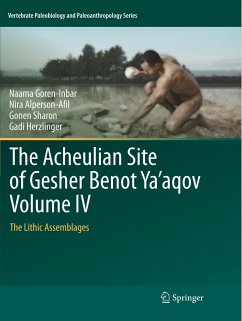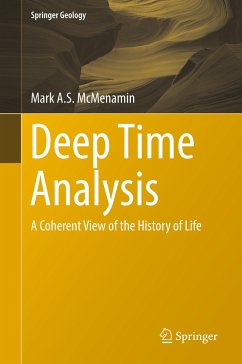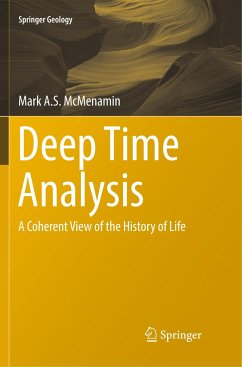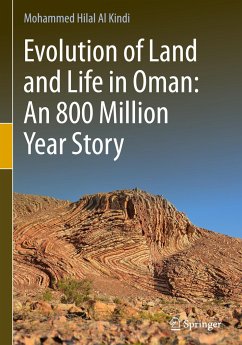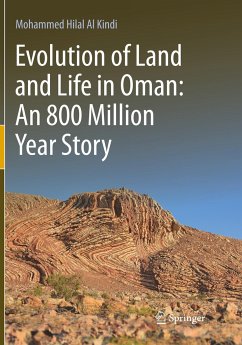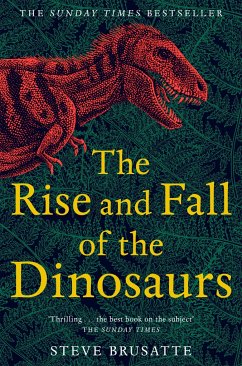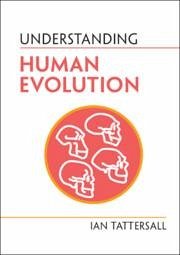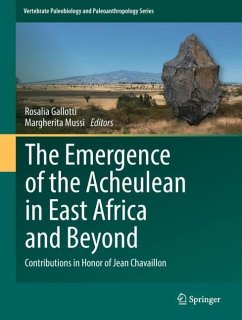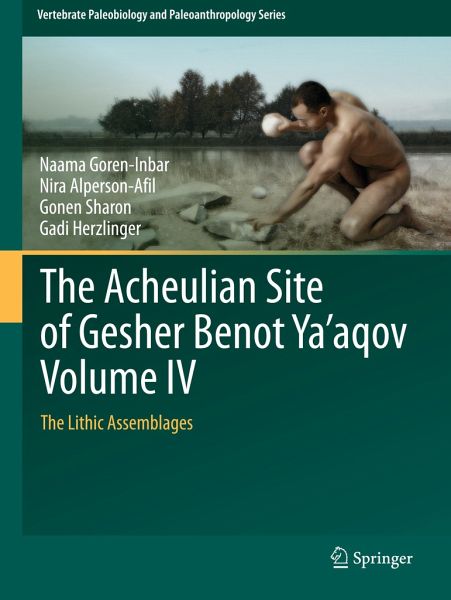
The Acheulian Site of Gesher Benot Ya'aqov Volume IV
The Lithic Assemblages
Versandkostenfrei!
Versandfertig in 6-10 Tagen
92,99 €
inkl. MwSt.
Weitere Ausgaben:

PAYBACK Punkte
46 °P sammeln!
This manuscript is the 4th Volume of the Gesher Benot Ya'aqov (GBY) monograph sub-series. The goal of the book is to publish the lithic assemblages originating in the excavations of the Acheulian site at Gesher Benot Ya'aqov (GBY), Israel. The authors provide the readers with detailed descriptions of the lithic assemblages, illustrations (maps, photographs, drawings) and complete inventory of the artifacts that were excavated during the seven field seasons of 1989-1997 (two in 1997) under the directorship of Prof. Naama Goren-Inbar. This manuscript includes the classification of Large Cutting ...
This manuscript is the 4th Volume of the Gesher Benot Ya'aqov (GBY) monograph sub-series. The goal of the book is to publish the lithic assemblages originating in the excavations of the Acheulian site at Gesher Benot Ya'aqov (GBY), Israel. The authors provide the readers with detailed descriptions of the lithic assemblages, illustrations (maps, photographs, drawings) and complete inventory of the artifacts that were excavated during the seven field seasons of 1989-1997 (two in 1997) under the directorship of Prof. Naama Goren-Inbar. This manuscript includes the classification of Large Cutting Tools (bifaces: handaxes and cleavers), Cores and Core Tools, and Flake Tools made of three different raw materials (flint, basalt and limestone).
This major classification system enables, in addition to the characterization of the assemblages, intra and inter assemblage analyses and comparisons. It forms the foundation and means with which the GBY cultural sequence can be investigated and compared with other Levantine, African and Asian Acheulian entities. From a methodological perspective the authors apply a detailed attribute analysis to all lithic items, a method that integrates morpho-technoogical and stylistic observations culminating in better understanding of the Acheulian realm as documented by the analysis. This analysis is aimed to refine and improve the understanding beyond that of types and their technology and to allow describing the reduction sequence (chaîne opératoire) of some of the major components of the lithic asemblages. The unique record of diverse data from GBY provides insight into hominin behavior (through time) along the margins of the paleo-Lake Hula, and sheds light on processes that led to the colonization of other parts of Eurasia. The book will be of interest to academics and students in all disciplines of Quaternary studies, and to archaeologists using GIS for intra-site spatial analysis.
This major classification system enables, in addition to the characterization of the assemblages, intra and inter assemblage analyses and comparisons. It forms the foundation and means with which the GBY cultural sequence can be investigated and compared with other Levantine, African and Asian Acheulian entities. From a methodological perspective the authors apply a detailed attribute analysis to all lithic items, a method that integrates morpho-technoogical and stylistic observations culminating in better understanding of the Acheulian realm as documented by the analysis. This analysis is aimed to refine and improve the understanding beyond that of types and their technology and to allow describing the reduction sequence (chaîne opératoire) of some of the major components of the lithic asemblages. The unique record of diverse data from GBY provides insight into hominin behavior (through time) along the margins of the paleo-Lake Hula, and sheds light on processes that led to the colonization of other parts of Eurasia. The book will be of interest to academics and students in all disciplines of Quaternary studies, and to archaeologists using GIS for intra-site spatial analysis.



